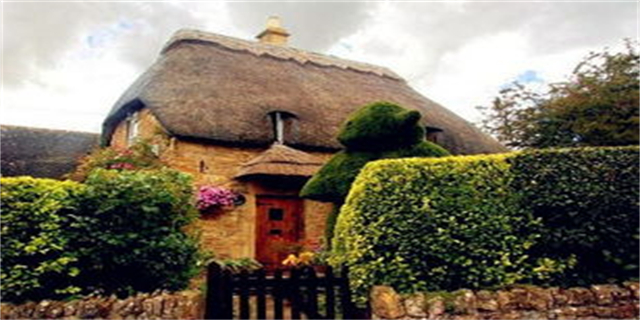pump blood around the body(Pump Blood How the Heart Circulates Blood to the Body)

Pump Blood: How the Heart Circulates Blood to the Body
The heart is a vital organ that pumps blood around the body. This muscular organ is responsible for supplying oxygen and nutrients to all the tissues and organs in our bodies. In this article, we'll take a closer look at how the heart pumps blood around the body.
Anatomy of the Heart
The heart is located in the chest, behind the breastbone. It is roughly the size of a fist and weighs about 250-350 grams in adults. The heart has two sides: the right side and the left side. Each side has two chambers called atria and ventricles. The atria are the upper chambers, and the ventricles are the lower chambers. The right atrium and ventricle are responsible for pumping deoxygenated blood to the lungs, while the left atrium and ventricle pump oxygen-rich blood to the rest of the body.
Circulation of Blood
Blood is driven through the circulatory system by the pumping action of the heart. Blood flows from the right atrium into the right ventricle, where it is then pumped through the pulmonary artery to the lungs. In the lungs, the blood is oxygenated and picks up nutrients. The oxygen-rich blood then returns to the heart via the pulmonary vein and enters the left atrium. From there, it passes into the left ventricle and is pumped out to the rest of the body through the aorta. The aorta is the largest artery in the body and branches out into smaller arteries, which deliver the oxygen-rich blood to all the tissues and organs in the body. As the blood flows through the capillaries in the tissues, it gives up its oxygen and nutrients and picks up waste products like carbon dioxide. The deoxygenated blood then flows back to the heart through the veins, where it is again pumped to the lungs to pick up oxygen. This cycle of circulation is known as the systemic circulation. The entire process takes just under a minute for a single drop of blood to complete, with the heart beating around 100,000 times per day to pump about 2,000 gallons of blood.
Conclusion
The heart is a complex organ with a crucial role in maintaining life. Its constant, rhythmic pumping action circulates blood throughout the body, delivering oxygen and nutrients to all the tissues and organs. Understanding the anatomy and function of the heart can help us appreciate the importance of taking care of this vital organ through a healthy lifestyle and regular medical checkups.











